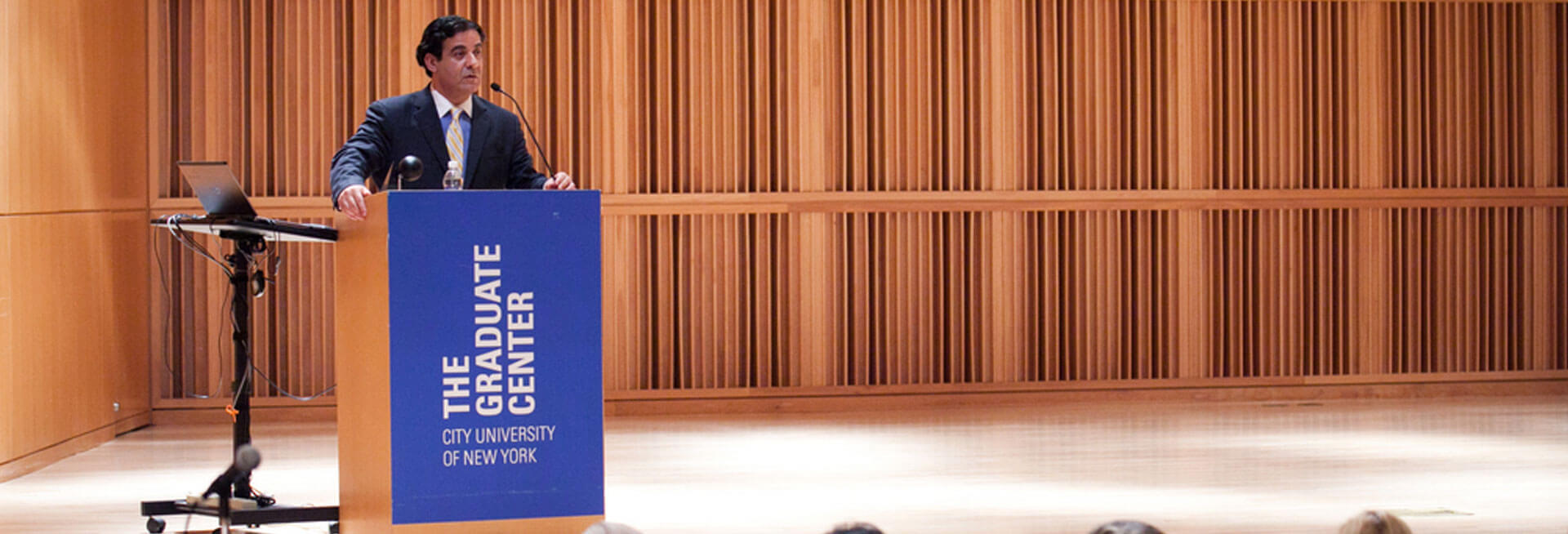If you’ve travelled internationally over the past few years, you’ve noticed how much less your dollar buys. US purchasing power has declined by 70% -80% since 2002, and the story is not over yet.
Such concerns were nonexistent prior to 1971, when the world had fixed exchange rates: currencies were a clearing mechanism, not an asset class. With the decision of the U.S. to terminate the convertibility of the dollar to gold, currencies began to be evaluated vis-a-vis their performance against other currencies (with the exception of China). Today currencies are an asset class separate from stocks and bonds. Indeed, the foreign currency exchange market constitutes the largest and most liquid market in the world, bigger than all the world’s stock, bond, future and options markets combined. Its trading volume tops $3 trillion — a day.
So how a country’s currency is trading is a viewpoint of the world on that country. It is a signal from the markets about the country’s economic strength and political positioning. When Iceland’s economy collapsed in the fall of 2008, the value of its krona dropped 86% in a three-month period. Inflation in Zimbabwe reached 89.7 sextillion percent (1 sextillion has 21 zeroes and equals 1000 trillion) in 2008 and the country abandoned printing of the Zimbabwean dollar last April. (Zimbabweans now use foreign currencies, including the South African Rand, Botswana Pula, Pound Sterling and the U.S. Dollar.)
Billionaire family offices have taken huge bets on currency upticks and downturns over the years. U.S. hedge fund billionaire and philanthropist George Soros bet against the British pound in 1992, predicting it would fall after the Bank of England stopped fixing the exchange rate. He reportedly made $1 billion in one day. (Today Soros is worth $14 billion.) UK billionaire and currency trader Joseph Lewis is said to have made more than Soros on that day. (His net worth is today $2.5 billion.)
More recently, legendary U.S investor Warren Buffett expressed concern over the weakness of the U.S. dollar. “Our country has been behaving like an extraordinary rich family that possesses an immense farm. In order to consume 4% more than we produce – that’s the trade deficit – we have day by day, been both selling pieces of the farm and increasing the mortgage on what we still own,” he said in 2003 when he announced that he had bought a basket of foreign currencies to profit from a coming decline in the dollar. It was the first time he ever bought a single foreign currency. Five years later, in 2008, he again bet against the U.S. dollar and made a bundle.
Despite some recent positive news on the unemployment and deficit fronts this year, we at Blackhawk think that the U.S. economy still depends heavily on ultra-low rates – the same low rates that have led to a depreciation of the dollar since 2002. So unless there are policy changes, we see the U.S. dollar declining further over the next three to five years.
Now few people can make big currency bets like Soros or Buffet, and currency trading is a risky business. Some even argue that long-term expected returns for currencies are zero, as gains in the short-term can be erased if the tide turns over the long-term.
Another train of thought is that currency movements are often counter-cyclical to equity prices, so holding a diversified basket of currencies may help stabilize your portfolio. (That is, when a country’s stock market declines, its currency tends to go up in value — and vice versa.)
Thanks to ETFs, money market fund and Certificates of Deposit, you can readily and inexpensively own foreign currencies.
ETFs options have expanded significantly over the past few years. You can chose your own level of risk as ETFs can be bought long or short, and their performance is tied to the prevailing interest rate in the host country. However, they do not have the stability of a money market or a CD, so you should keep in mind volatility and risks of devaluation when choosing an appropriate currency or basket in which to invest.
Overall, we recommend sticking to the G-10 currencies (which is actually made up of 11 countries: Belgium, Canada, France, Germany, Italy, Japan, the Netherlands, Sweden, Switzerland, the United Kingdom and the United States). These are countries that have solid fiscal and monetary policies. In addition, countries like Canada have a strong commodity base, which is a boon to the currency. If you go further afield, stick to the same parameters. To that end, we recommend Norway and Singapore, but warn though against emerging markets, which are too risky.
How much exposure to currency everyday savvy investors should have is a subject of debate. While we recommend allocating 5 to 15 percent of your portfolio to that asset class, it is a fact that many investors may already have all the exposure they need via their international stock and bond holdings.
As always, be sure to understand what you are doing before handing your money to an idiot or a con artist a la “Madoff” and making any radical portfolio moves you are going to regret.
Looking forward to doing business with you and to continue being your resource for deals, capital, relationships and advice.
Your feedback as always is greatly appreciated.
Thanks much for your consideration.
By :� Ziad K Abdelnour
Ziad is also the author of the best selling book� Economic Warfare: Secrets of Wealth Creation in the Age of Welfare Politics (Wiley, 2011),
Mr. Ziad Abdelnour continues to be featured in hundreds of media channels and publications every year and is widely seen as one of the top business leaders by millions around the world.
He was also featured as one of the� 500 Most Influential CEOs in the World.











